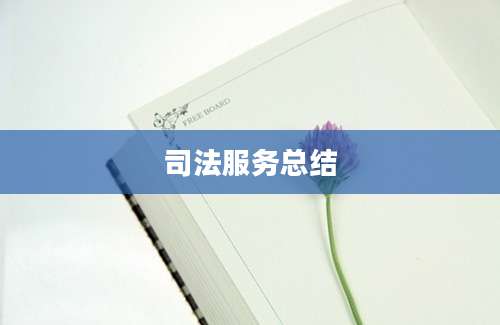范文:

看见的英语
在英语中,描述“看见”这一动作,我们可以使用不同的动词来表达。以下是一些常见的表达方式及其例句:
1. See
I see the cat on the couch.
我看见猫在沙发上。
2. Look at
Look at that beautiful sunset!
看看那美丽的日落!
3. Watch
I watched the birds flying in the sky.
我看着鸟儿在天空中飞翔。
4. Notice
I didn't notice him until he spoke.
直到他说话,我才注意到他。
5. Observe
She observed the children playing in the park.
她观察孩子们在公园里玩耍。
6. Spot
I couldn't spot the dog in the crowd.
我在人群中没看到那只狗。
7. View
I had a chance to view the ancient ruins.
我有机会参观了那些古代遗迹。
8. Witness
I witnessed the accident with my own eyes.
我亲眼目睹了那场事故。
9. Perceive
He couldn't perceive the difference between the two colors.
他无法分辨出这两种颜色之间的差异。
10. See through
I see through his lies.
我看穿了他的谎言。
常见问答知识清单:
1. 什么是“see”?
2. “Look at”和“watch”有什么区别?
3. 如何用英语表达“注意到”?
4. “Observe”和“notice”在用法上有什么不同?
5. “Spot”和“view”在意义上有何区别?
6. “Witness”和“see through”在英语中如何使用?
7. 如何用英语描述看见一个美丽的事物?
8. “See”和“look”在用法上有什么不同?
9. 在英语中如何表达“看到某人做某事”?
10. “Perceive”和“observe”在语气上有什么区别?
详细解答:
1. “See”是英语中用来表示“看见”这一动作的动词,通常直接跟宾语。
2. “Look at”强调的是有意识地去看某物,而“watch”则强调的是专注地看某物,通常是指观察或观看一段时间。
3. “Notice”用来表示注意到某事或某人,强调的是注意力的集中。
4. “Observe”比“notice”更加正式,通常指仔细地观察,而“notice”则更加普遍,可以指任何程度的注意。
5. “Spot”通常指在众多事物中找到或认出某个具体的事物,而“view”则更侧重于从某个角度或位置上看某个事物。
6. “Witness”通常指亲眼目睹某个事件的发生,而“see through”则指看穿某人的谎言或伪装。
7. 用英语描述看见一个美丽的事物可以说:“I saw a beautiful sight.”
8. “See”和“look”都可以用来表示“看见”,但“look”更多用于指主动地去看或寻找某物。
9. 在英语中表达“看到某人做某事”可以说:“I saw him doing something.”
10. “Perceive”通常指感官上接收信息,而“observe”则更侧重于有意识地观察和分析。在语气上,“observe”可能带有更多的正式和深思熟虑的意味。










